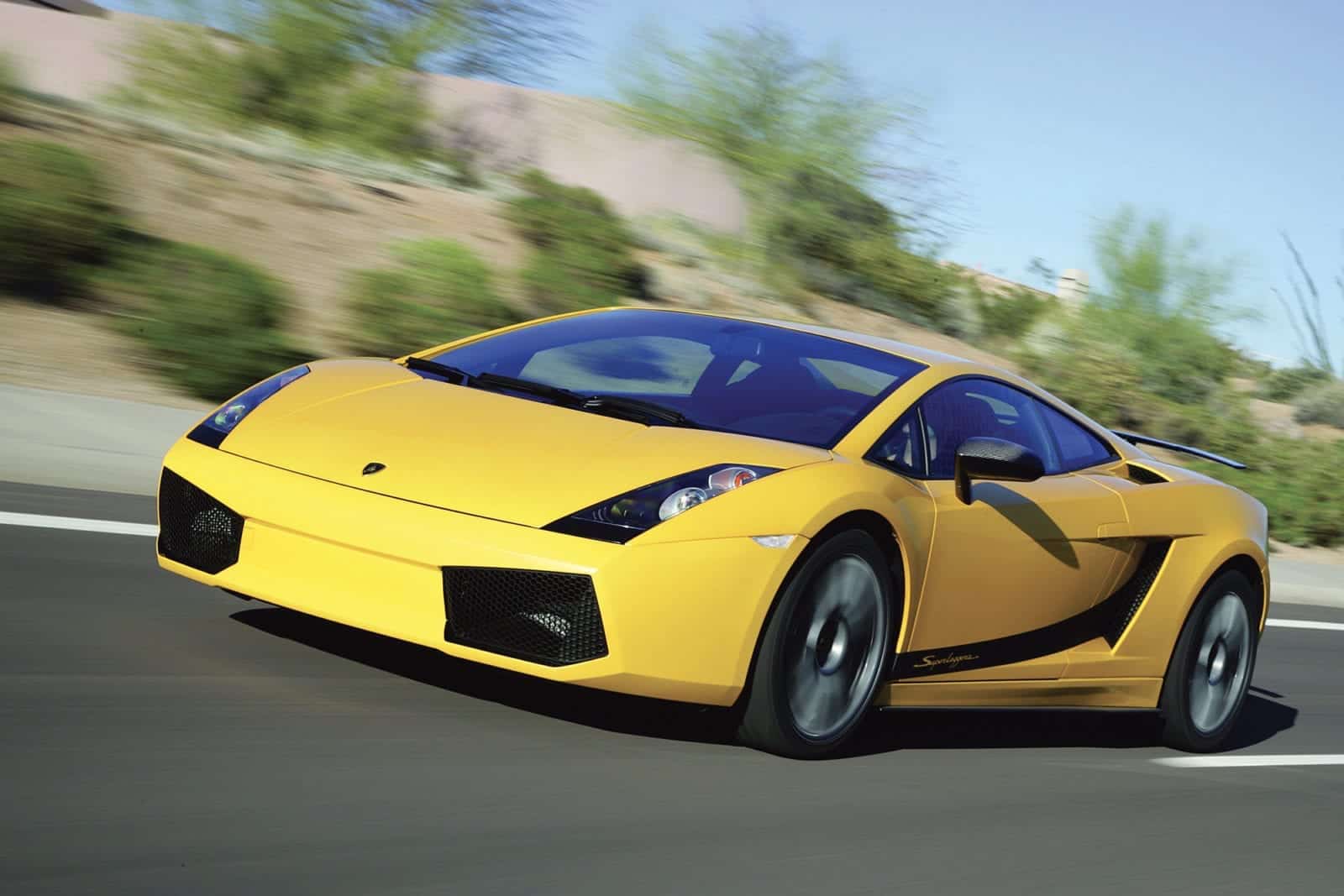Buying guide: Lamborghini Gallardo
When German engineering met Italian design with the Lamborghini Gallardo, it was a winner

The Gallardo enjoyed a stellar 10-year reign as Lamborghini's best seller. This Superleggera model is one of multiple special editions produced
Here’s a question: By the time Lamborghini reached its 50th anniversary back in 2013 it had produced around 30,000 cars in total. But what percentage of that was due to the humble entry-level Gallardo?
Ten per cent…? Maybe 20…? Perhaps 30? Surely everybody was buying the firm’s big, raucous V12s; after all, that’s what a Lambo is all about isn’t it? Wrong.
Between its introduction in 2003 and it being succeeded by the current Huracán from 2014, the Gallardo sold over 14,000 units worldwide, equating to essentially half of Lamborghini’s all-time sales figures. That gives you some idea about quite how big a milestone the Gallardo was for one of the world’s most recognisable car brands.
And it all came about because of a boardroom shuffle and a change in attitude. Historically, Lamborghini made loud, brash – and often horrible to drive – supercars. Its designs lit up the walls of teenagers’ bedrooms around the world, but usually it was a case of ‘never meet your heroes’. Then along came Audi and the Volkswagen Group, which bought Lamborghini in September 1998 to bring a boost to the struggling bull, which at the time was only selling around 200 V12-powered coupés each year.
The company needed a new direction, and Audi brought one in the form of the Gallardo – named after a breed of Spanish fighting bull – the first car designed and developed under the new ownership.
Audi recognised the need for Lambo to reach a wider audience, to produce a car that was both more usable, and more affordable. Audi transferred some of its technical knowhow to Lambo’s engine department and it came up with a new 500bhp 5-litre V10 specifically for the Gallardo. The unit would also eventually also go on to power Audi’s own R8 coupé, and was the first non-V12 fitted to a production Lambo since the 1988 Jalpa.
The engine was installed midships in a lightweight aluminium chassis, and initially given rear-wheel drive only, hence the first LP500-2 designation – the LP standing for ‘Longitudinale Posteriore’ (or longitudinal, mid-engined) followed by the horsepower and number of driven wheels. Audi also invested in the semi-automatic, paddle-shift ‘E-gear’ system that made the car simple to drive and which Lambo says adorned 90 per cent of the Gallardos built. The interior also benefited from gaining Audi switchgear, electrics and sat-nav, meaning everything also worked as it should.
Former Audi man Luc Donckerwolke designed the body, but started from a not-so-obvious point by updating the 1995 Calà concept initially produced by Italdesign.
There were a few small niggles at first, mostly with customers noting it could be a tad noisy during city driving. Lambo responded with a big update in 2005 with the SE, which included revised steering and suspension, an extra 20bhp and exhaust butterfly valves. Suddenly Lamborghini had a hit on its hands, with sales topping 2000 units per year, the Gallardo massively out-selling the flagship V12 Murciélago. Multiple variations followed: roofless ones, lightweights, and numerous special editions.
The biggest change was the introduction of the face-lifted model in 2008, which got an enlarged 5.2-litre V10 with direct injection to create 560bhp and drove through all four wheels to create the LP560-4.
The Gallardo also brought Lamborghini back to racing, with a stripped-out version being used in the firm’s single-make Super Trofeo championship and its chassis being used for customer GT3 projects.
The body was revised to create the limited-edition, track-only Sesto Elemento in 2010. Only 20 of these were built, with their styling pointing the way toward the Huracán, which was revealed in 2014. But by then the Gallardo had done its job.
Lamborghini Gallardo
Price new £164,444
Price now £60,000-230,000 (Balboni limited edition)
Engine 5-litre V10 naturally aspirated; 5.2 V10 from 2008
Power 493bhp
0-60mph 4.1sec
Top speed 192mph
Rivals Porsche 911 Turbo, Ferrari 360 Modena
Verdict German engineering only enhanced the Lamborghini brand
